Probably history of weaving is as ancient as human civilization. Humans must cover their bodies to protect themselves from outside elements such as cold & heat and seem more cultured to others.
Throughout history, there are different types of clothing emerged. Many reasons behind these differences, such as social status, religious culture, etc. Geography also plays a massive role in clothing tradition.
Today, we will know about the history of weaving.
Table Of Contents
What is weaving?
Weaving is an art that assembles the fibers to make a fabric or cloth. Typically, Weaving keeps the thread or yarn in place by using a loom. The process of Weaving depends mainly on the type of fabric. In the weaving process, the woven cloth's yarns are called vertically or drawn, and the strings are horizontal, called the weft. This process depends on the type of oven fabric in the yarn interlacement process. Now we will try to know the history of weaving.
Weaving History
Ancient Weaving History:
The art of Weaving has gradually perfected and refined over thousands of years and has reached its present state. For example, many history experts say Egyptians produced woven fabrics about 6000 years ago. On the other hand, the Chinese were the first to make clothes from silk because they invented the process more than 4000 years ago.
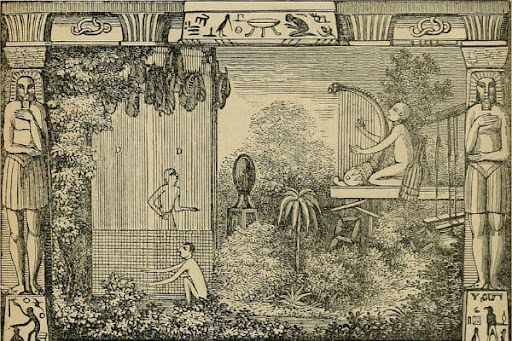
The earliest textile was discovered in Egyptian tombs. We have become confirmed about the ancient textile tradition in Egypt. the discovery of the clay plate provides sufficient evidence. Weaving stayed as a home art until the creation of the fly shuttle. Before that, Weaving was only practiced only in the home.
Pre-Modern History of Weaving:
The loom was improved in Moorish Spain by 1177 on a more robust frame. In addition, the structure was higher above the ground. Because of that, the weaver got more freedom. His hands were free to pass the shuttle, and he used his feet to turn the heddles. Eventually, This kind of loom became famous all over Europe. At that time, Weaving was usually practiced at home and traded in primitive Europe. Due to wars, starvation, and epidemic, people shifted fabric production to a specialized central location. (Weaving switched the machine to hand due to the industrial revolution.)
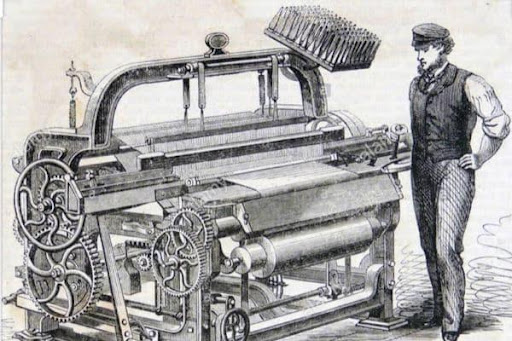
In 1733 the fly shuttle was created by Kay, and that was hand-operated. De Vaucanson made a loom that had been developed by jacquard. So 1800 was when humans first invented looms that worked on steam power. Fast sizing machines were created in 1803 because power loom required more brutal wrap yarn. Back then, there were almost 100,000 shuttle looms operated in England. The main operational principle of these looms is practically the same as today's technology.
Colonial America was heavily dependent on Great Britain for industrial properties. So In 1699, they stopped exporting colonial Wool. So they started to produce weaving fabric locally. At that time, Wool was a much better choice than cotton. However, separating the seed from the cotton fiber requires a lot of labor which is time-consuming and costly.
After the invention of the cotton gin, this scenario changed. I am inventing a device that rapidly and efficiently makes cotton from seeds.
Modern History of Weaving:
The most significant improvement happened in the winding and warping of yarns at the beginning of the 20th century. The looms also upgraded most, including warp drawing and tying devices.
The modern textile industry emerged after World War II. the invention of synthetic fibers altered the traditional textile industry we have known for so long. Moreover, it introduced us to a lot of new products. For example, engineer Rossmann created the first-ever projectile weaving machine prototype in 1930. Commercially the projectile weaving machine was used in the industry in 1953.
Projectile%20Loom%20Weft%20Insertion_1699548344.jpg)
Creators now can work directly on systems. For example, designs made on a computer screen immediately. They transmitted to the controls of a computerized loom equipped with the necessary technology. There has been a mixed response to CAD/CAM because the increasing number of technology is enormous.
Nowadays, Weaving has become fully commercialized. Although some communities and people across the world still weave by hand. They do it for their enjoyment and cultural affiliation. Everything has now become automated. Thus Weaving has also become automated since the invention of automatic power-operated looms. Considerably these mechanical looms enhance and simplify the vital area of the textile industry.
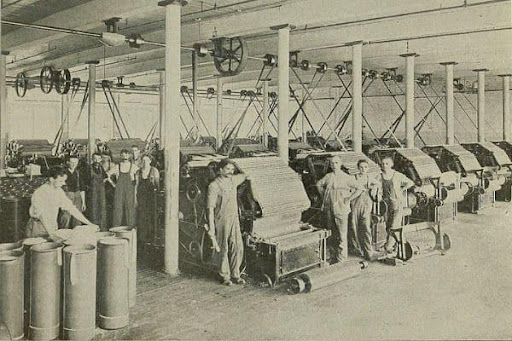
Revolutionary changes have taken place in weaving in the twenty-first century. Natural fibers from animals such as alpaca, angora, and merino and plant fibers, mainly cotton, have become easier and less expensive to collect and process and are therefore more widespread. In addition, external fibers such as silk, bamboo, yak, and quince are also gaining popularity. As a result, the yarn business has started to develop innovative novels.
In addition, designers have started creating patterns that work quickly on larger needles, known as instant gratification knitting. At present, many changes are happening in the weaving industry. This is because people do not practice it in their daily life.
Weaving in Bangladesh:
Since Bangladesh's independence, traditional weaves like Jamdani, tangail, shatranji, and other textiles for furniture have seen a renaissance. However, despite the same processes applied, more variations in the yarn are now being used. For instance, we use less cotton in making Jamdani, and weavers have replaced it with either pure silk or a cotton and silk blend.
Despite using outdated patterns, certain advancements have been made in Tangail, particularly since contact between weavers in Bangladesh and West Bengal has increased. Although historically, women processed and spun the yarn while males have traditionally worked on the loom. Although mills are producing the modern tale, it is incredible that women have started weaving in certain regions.
In 1960, A businessman first ever established a garments plant in Bangladesh. The placement was in Urdu road at Dhaka, and the name was Reaz garments. Bangladesh made its first exports to England in 1967.
Bangladesh officially entered the world market as a manufacturer of ready-made garments in 1981-1982. At that time, this was not a significant industry exporting. Nevertheless, Bangladesh will significantly jump in this sector in the next ten years. Bangladesh exported RMG of 1445 million U.S dollars in 1992-1993. In 2021-2022 it reached almost 32 billion dollars. Bangladesh is now 2nd in the world after only china in exporting RMG.
Warp Up
Weaving is one of the oldest skills practiced by humans around the world. This sector has a history of 30,000 years and more. So it would be best if you gave weaving a little credit for this fantastic triumph the next time you put on your favorite clothing.





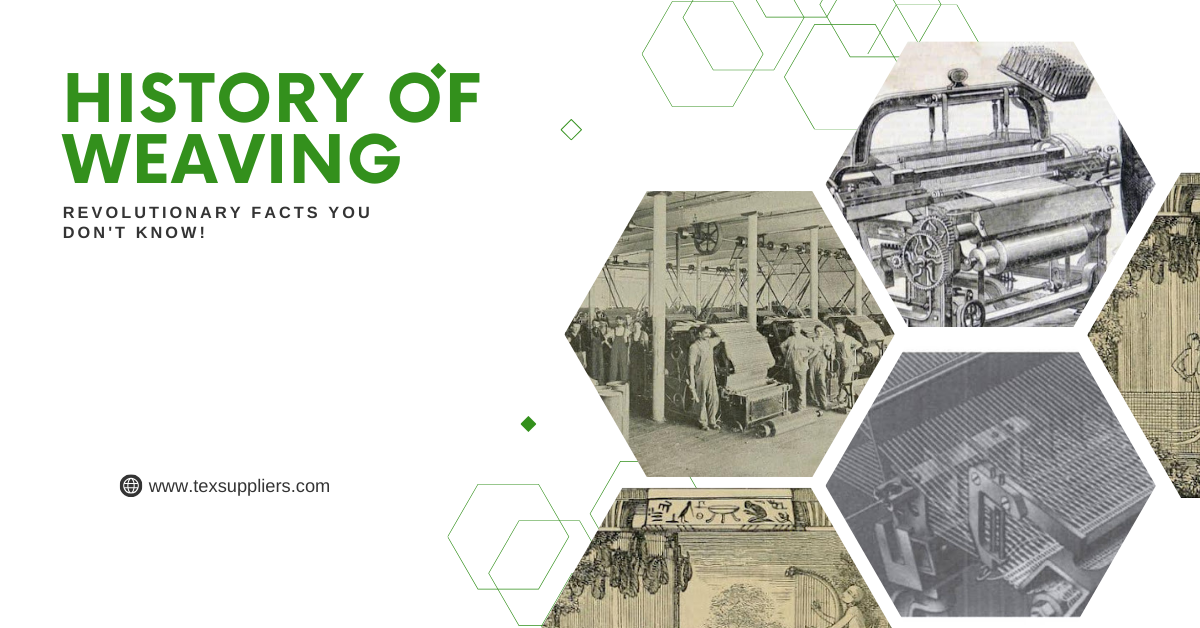

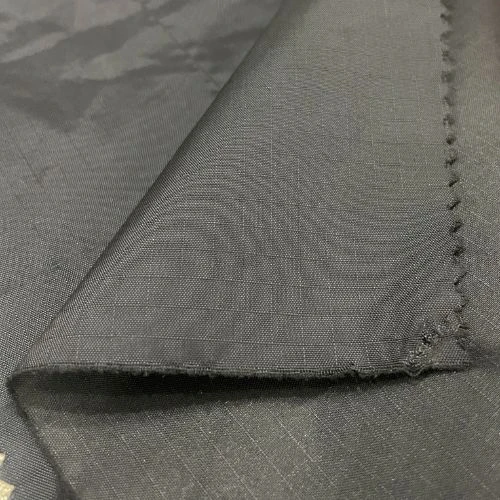


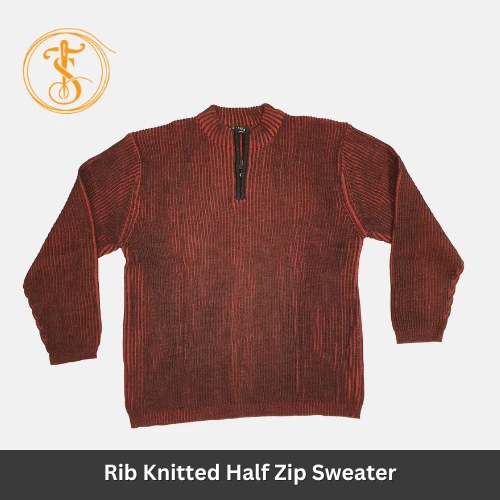
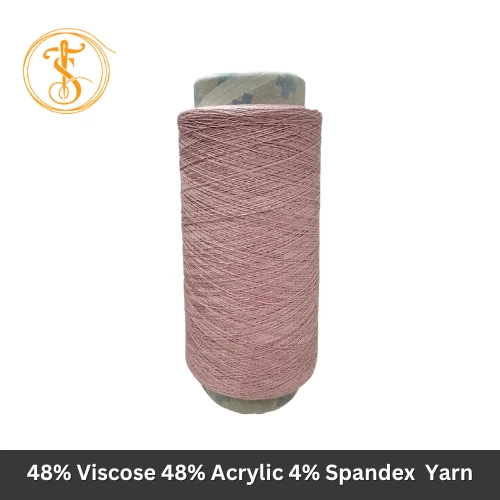
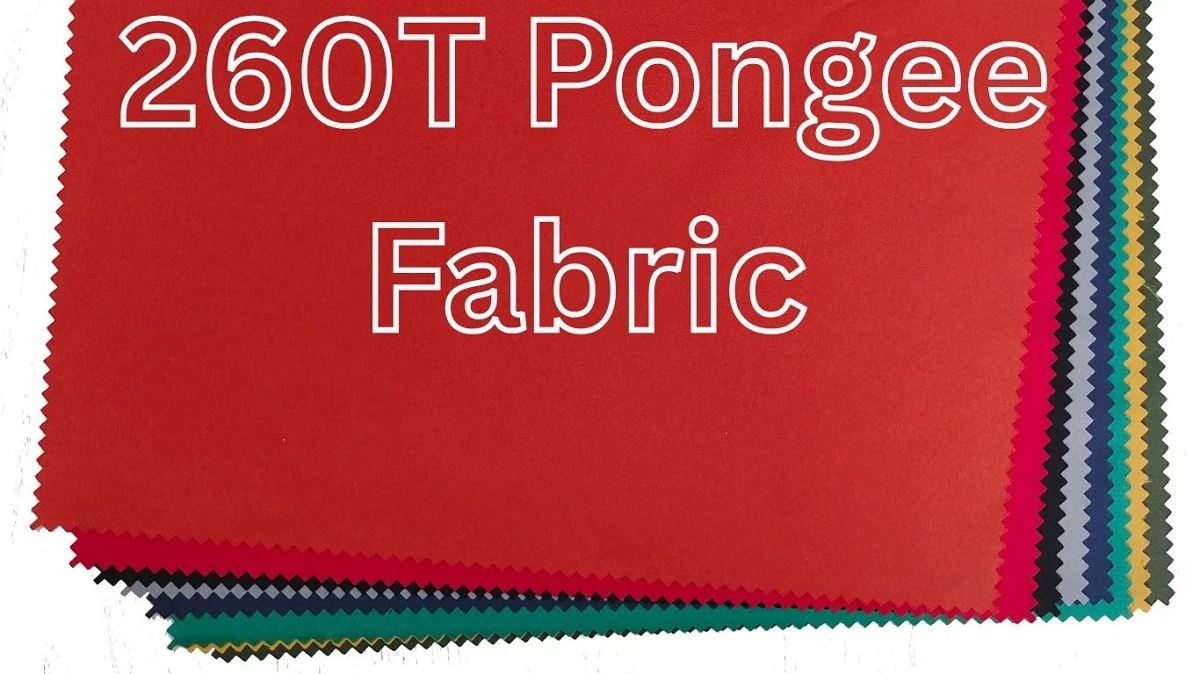
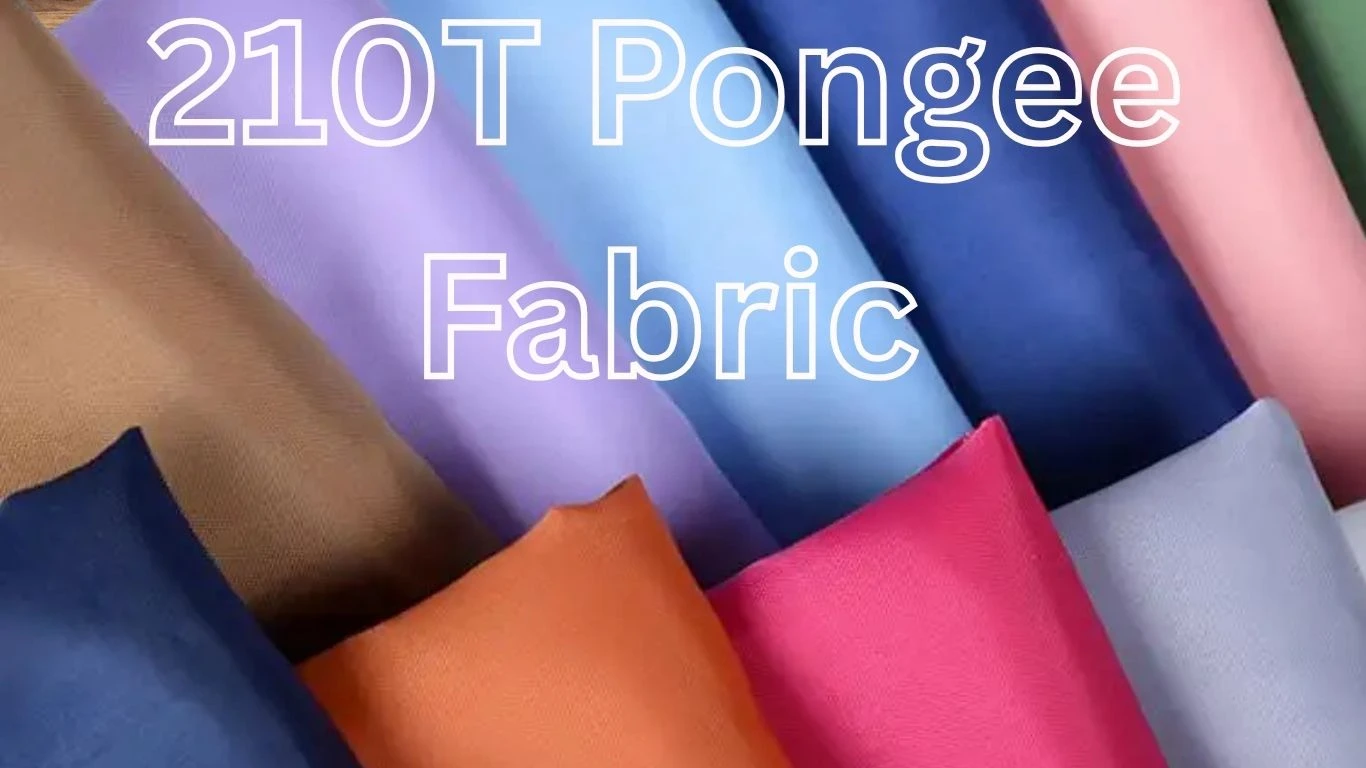
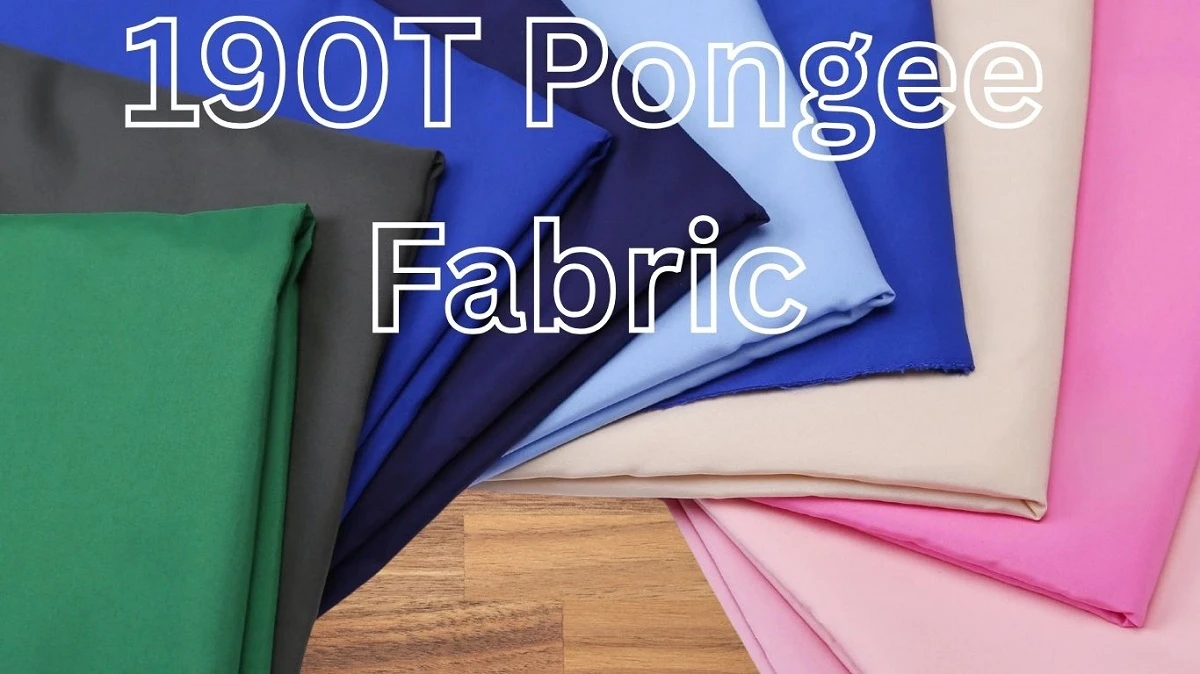
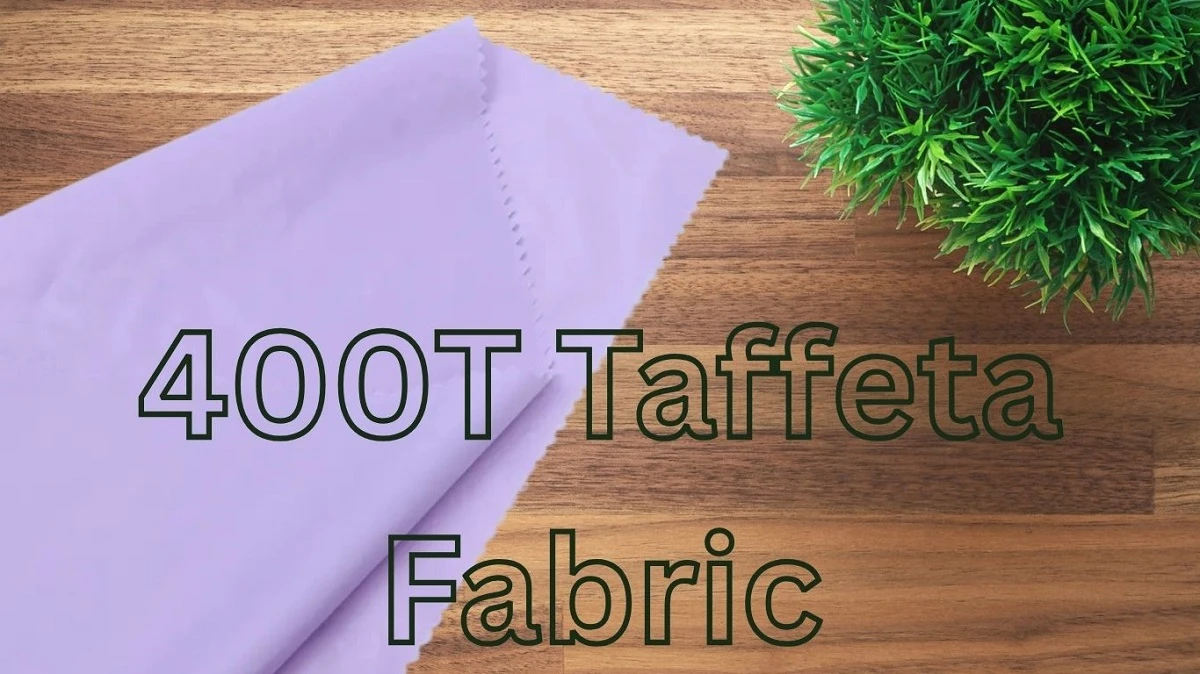
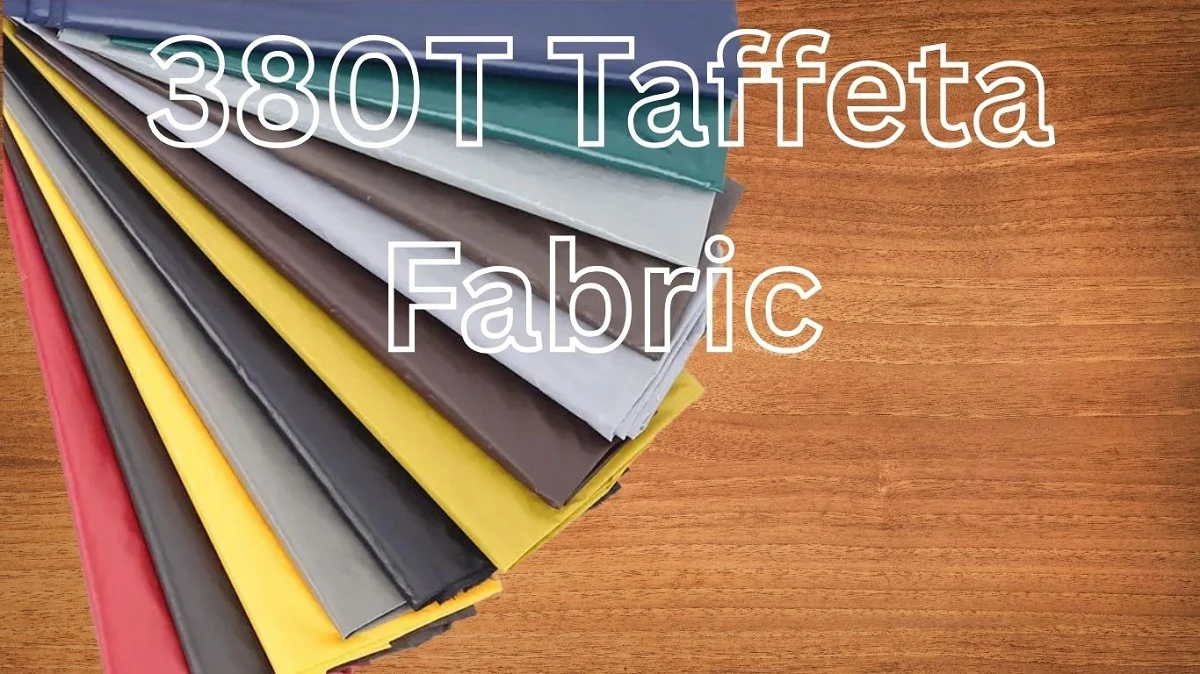
Comments - 00
Leave A Reply
Thanks for choosing to leave a comment.